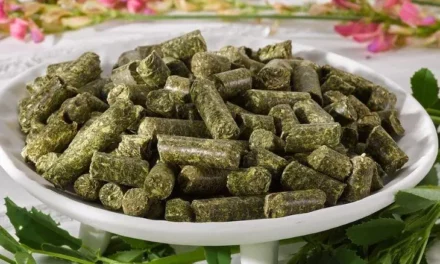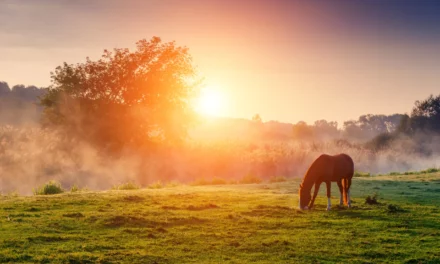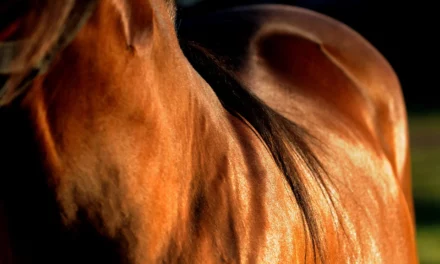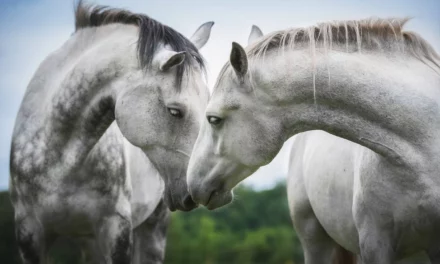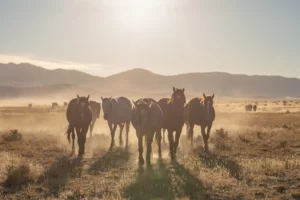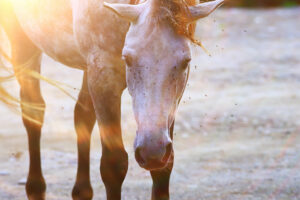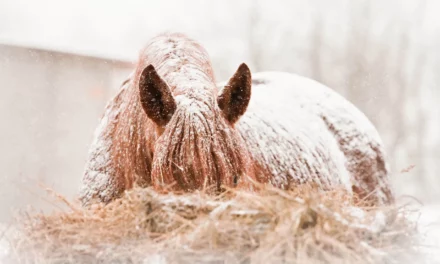
Top 5 Winter Feeding Mistakes
Reading Time: 6 minutes Oil provides the horse with more energy in winter Horses utilize dietary fibers, particularly cellulose and hemicellulose, as their primary energy source. When energy demands rise, the horse initially enhances the energy yield from its roughage by improving its utilization in the large intestine. Additionally, during the winter months, horses

